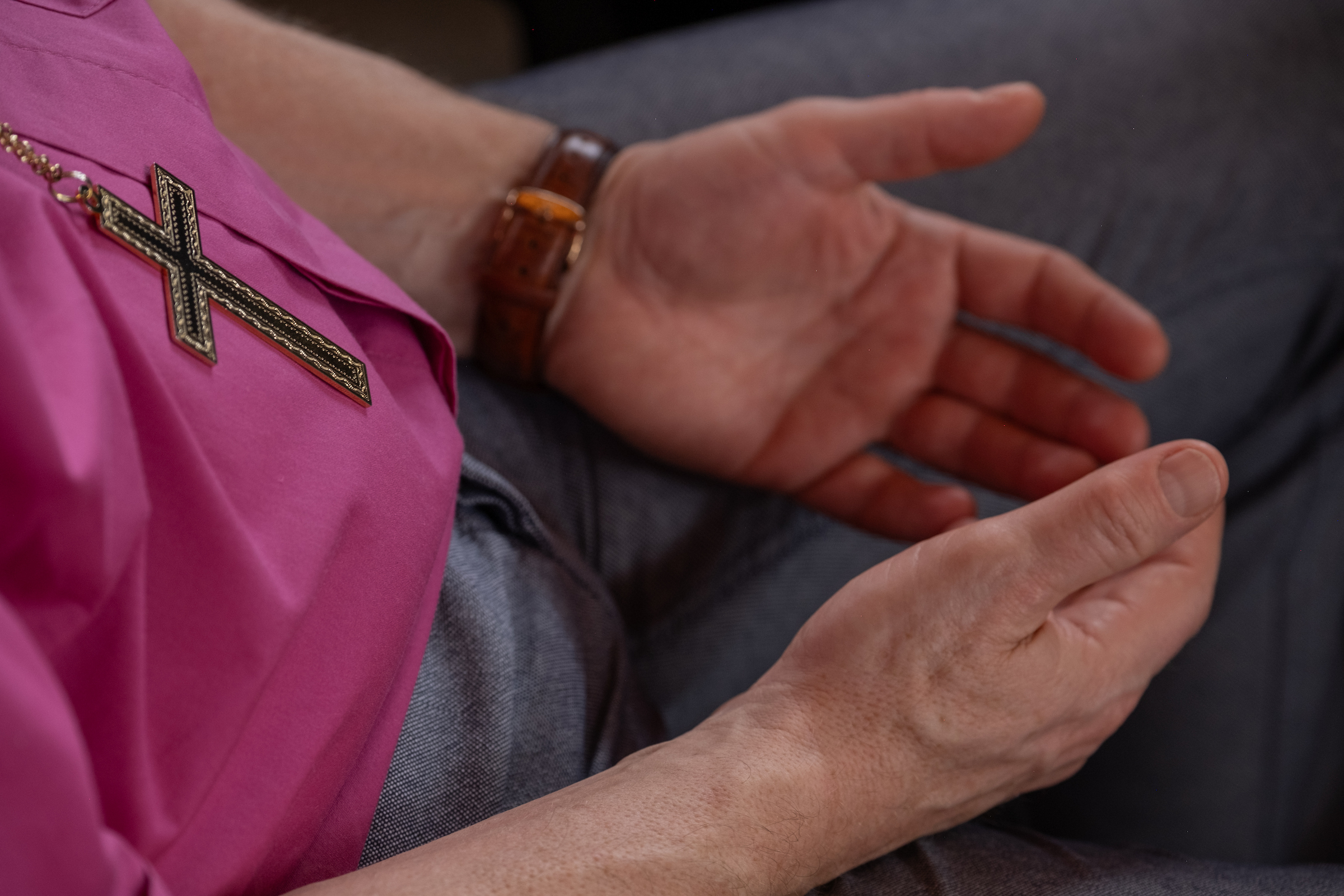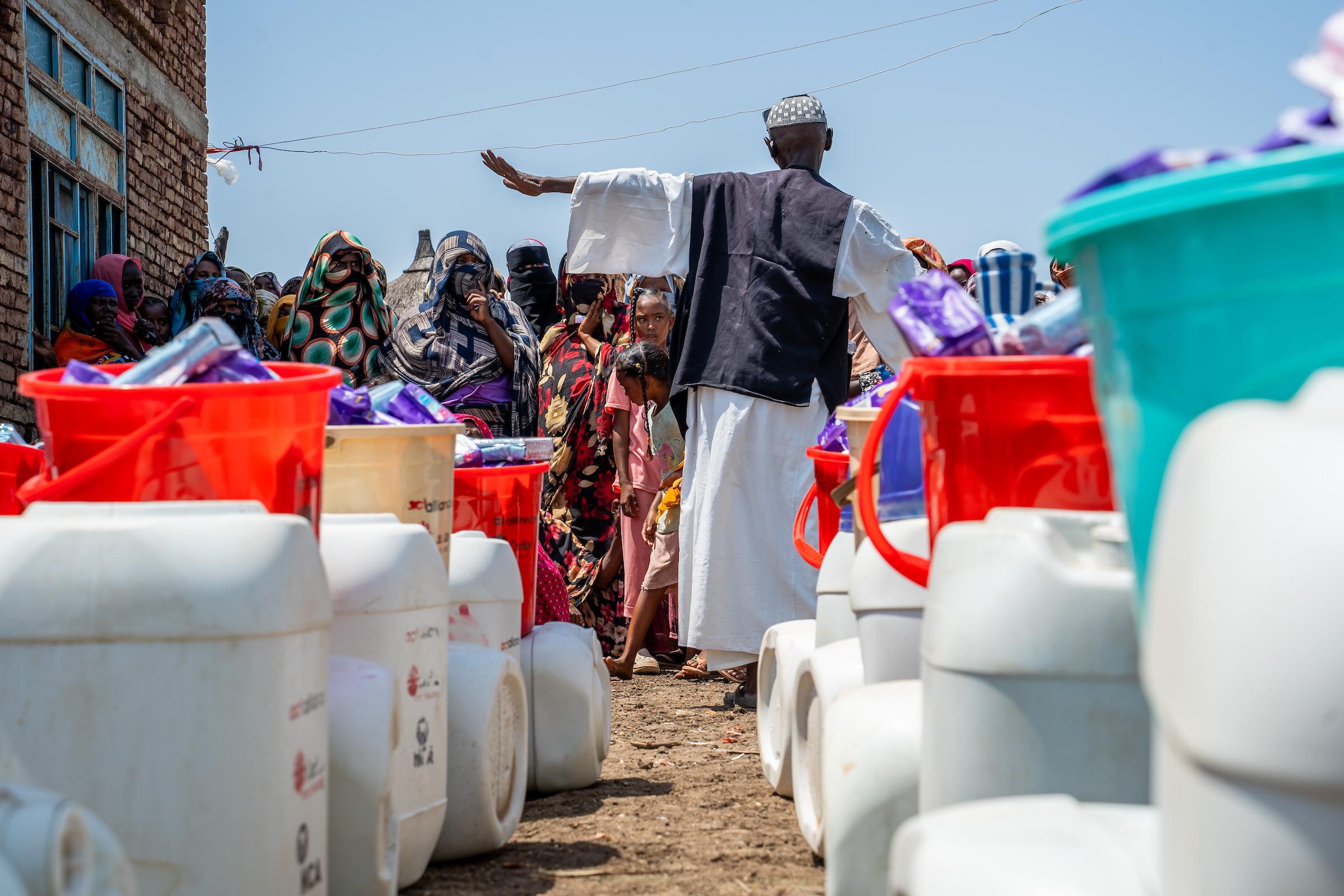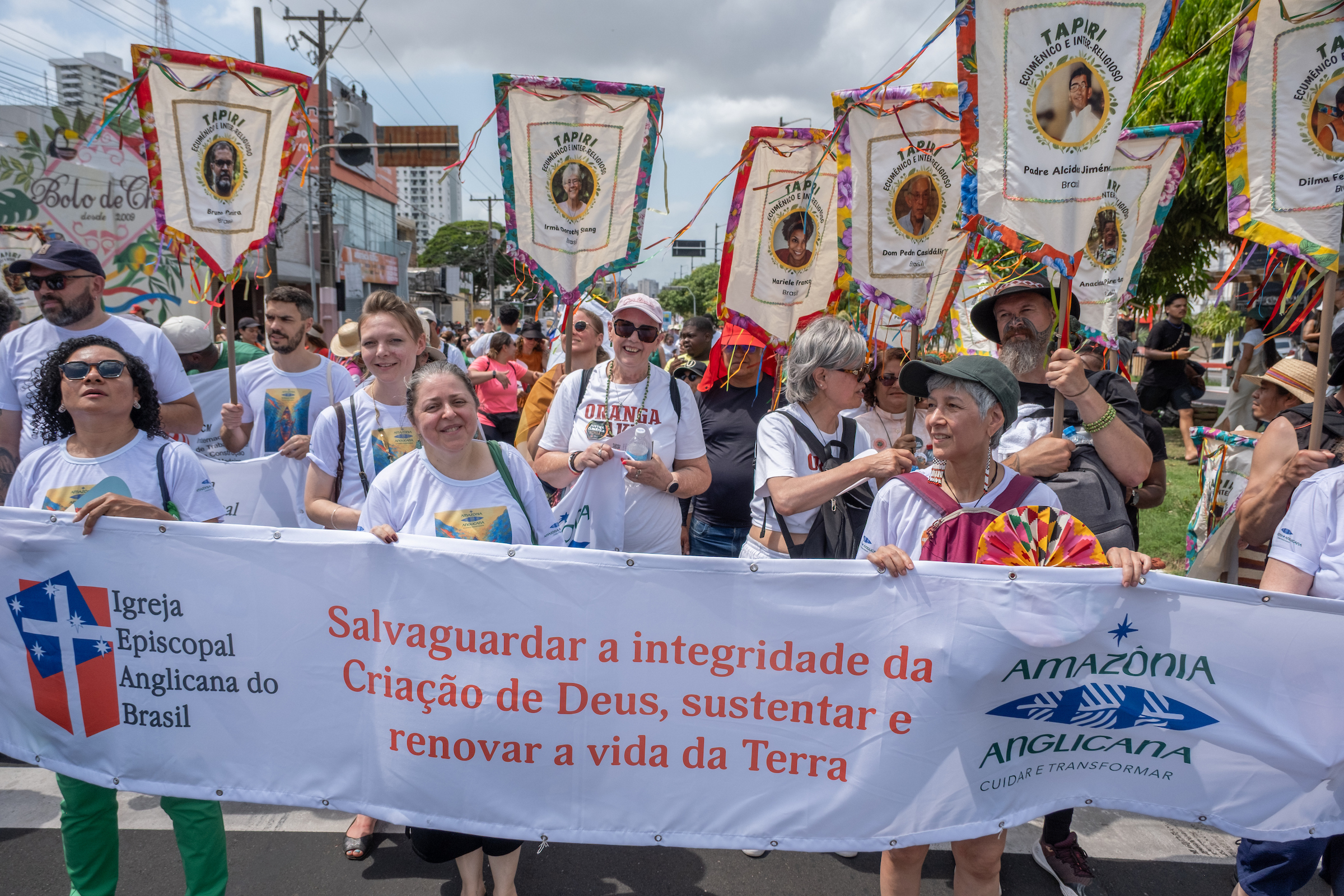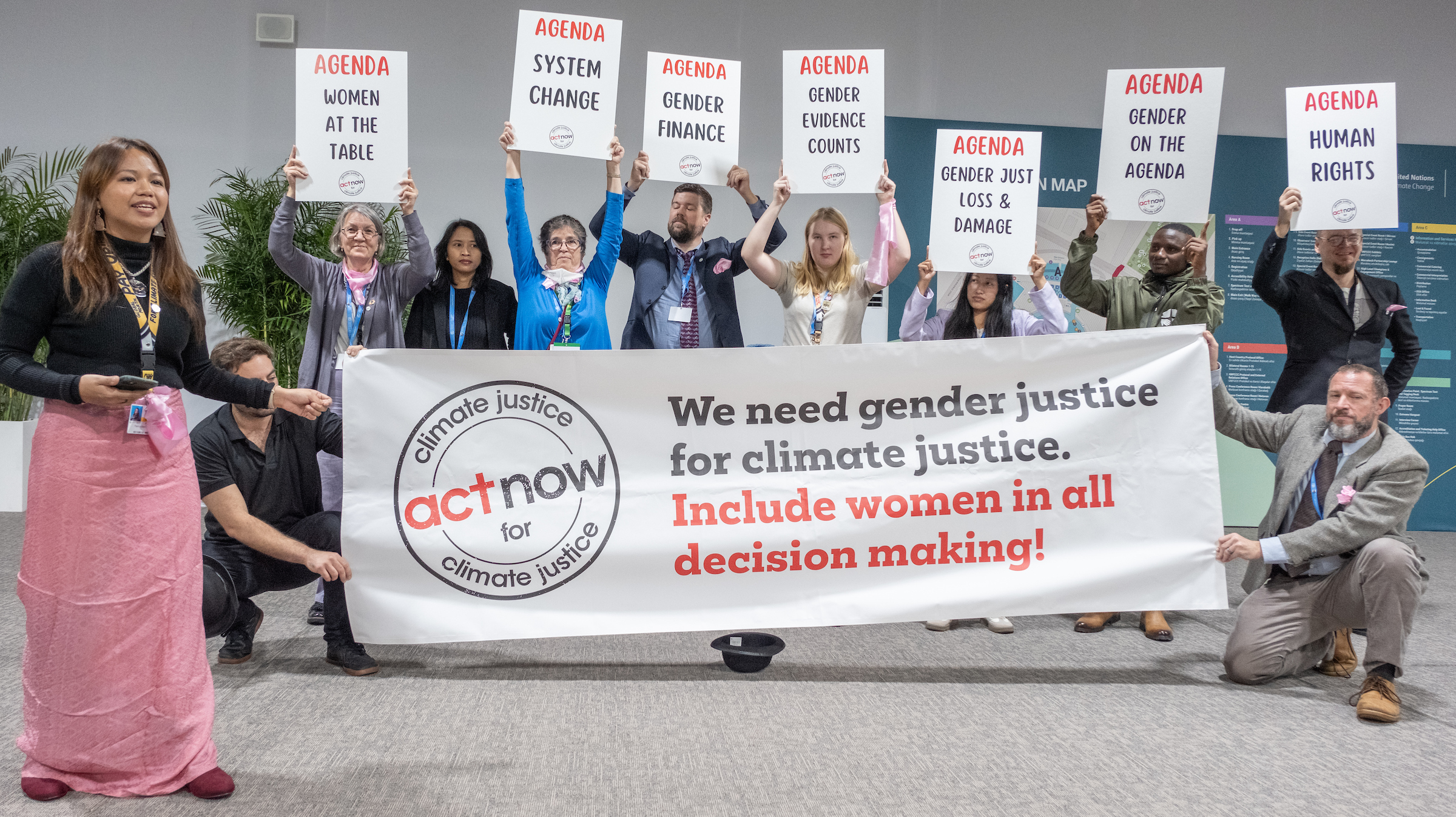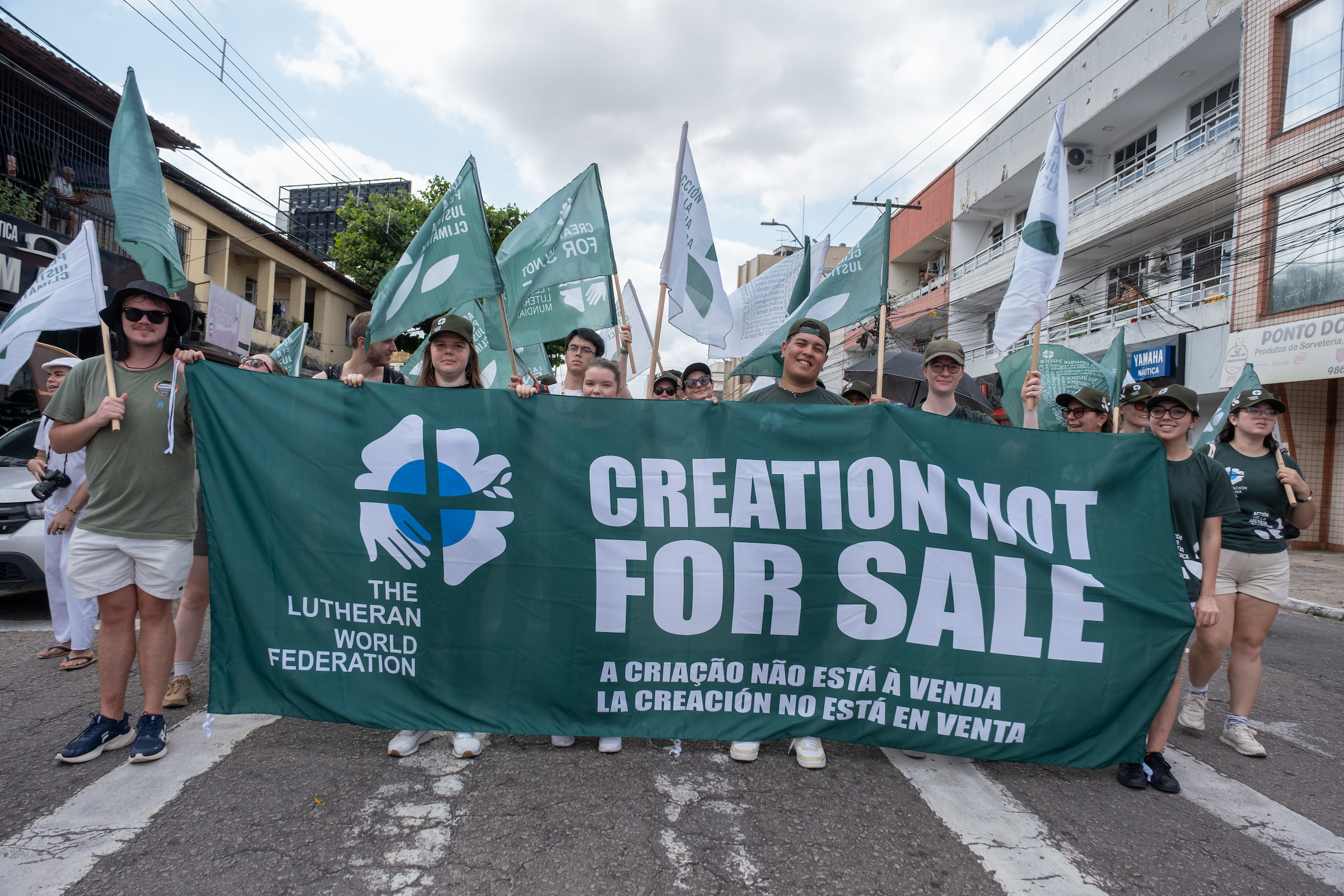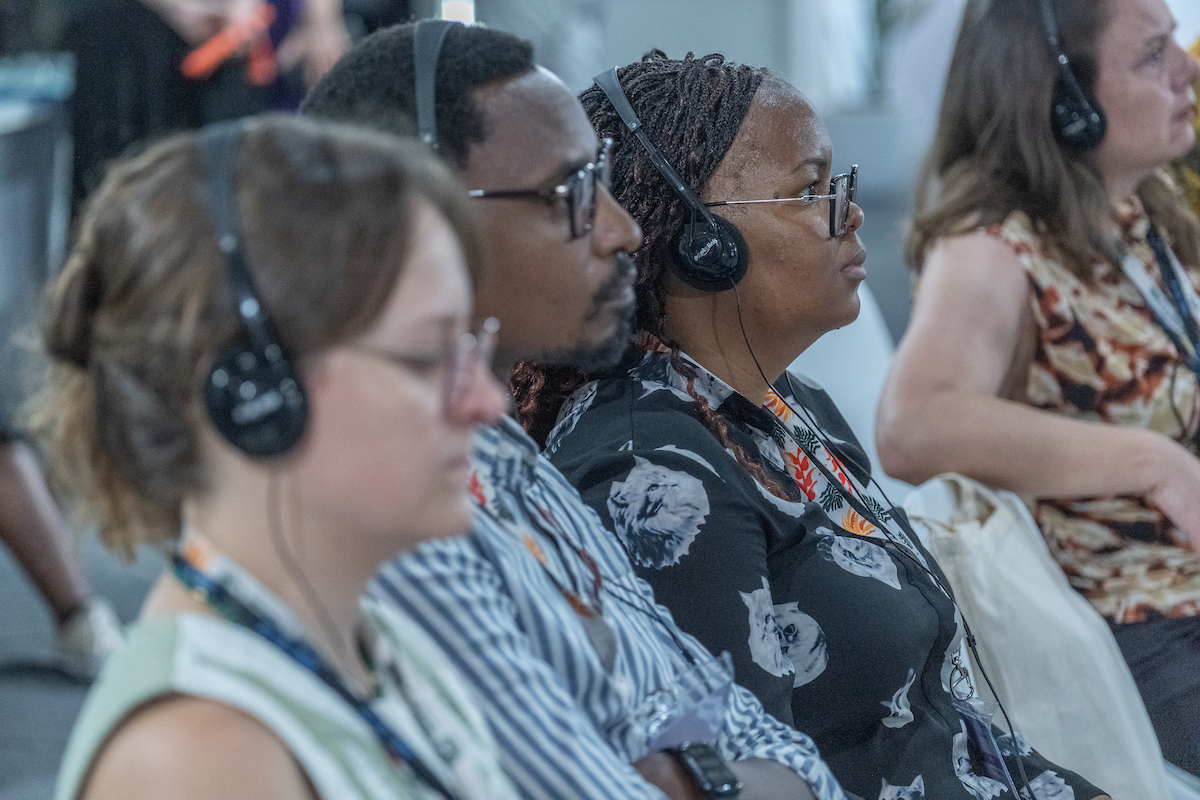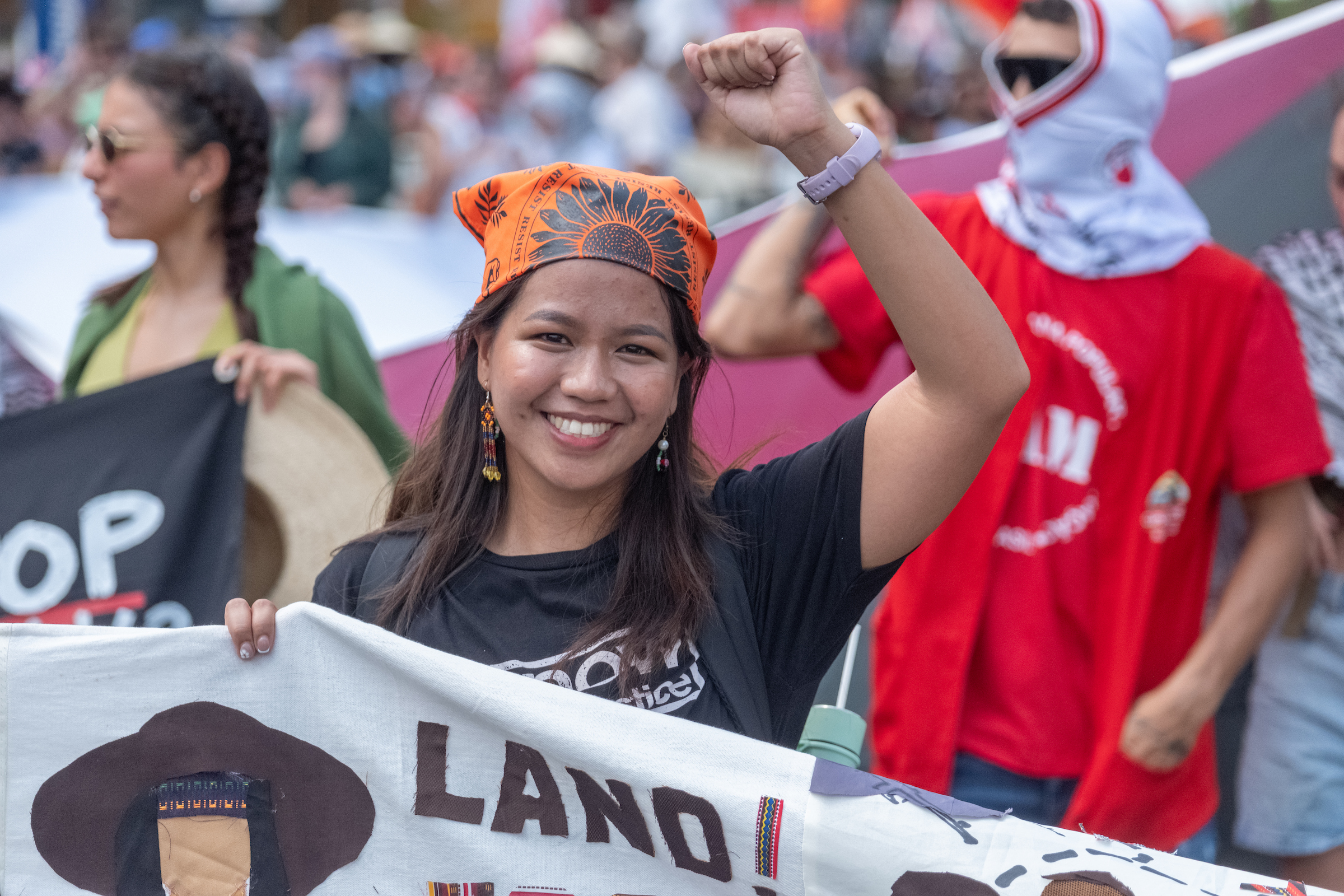By Ada Virnes and Niko Humalisto
At the COP29 climate negotiations in Baku, much of the controversy around climate finance centres on the quantity, that is, how much is needed to meet the needs of developing countries. Even though it is critical that the amount reflects scientific estimates – now adding up to trillions rather than billions – this narrow focus does little justice to the more nuanced interpretations about what “meeting the needs” means in practice, especially when it comes to coping with the climate crisis and enabling a just transition where no one is left behind.
Data shows that most public climate finance to developing countries mobilized by developed countries has been targeted to mitigation projects and to middle-income countries. This is even more striking when it comes to private climate finance.
These finance flows sideline the needs of the poorest countries to protect the rights of vulnerable citizens against the fast-unfolding planetary climate crisis. This bias has several reasons, the key being that most of the finance is provided in the form of debt. This is even though public climate finance is primarily mobilized from official development aid (ODA).
In this multilayered and multisectoral climate finance architecture, are there actors that would be better equipped to deliver climate finance that truly meets people’s needs? To answer this question, we began teasing out differences between the different groups of actors through which climate finance is channelled. The starting point was to examine how non-governmental organizations (NGOs) performed when compared with other channels such as multilateral organizations, funds, and private sector institutions. These are rarely highlighted in climate finance studies.
We limited the scope of the study to Finland, a somewhat typical EU member state that allocates around 150 million euros annually to climate finance via its ODA. Examining all Finland’s ODA projects from 2020-2022, as reported to the OECD, we focused on projects that had a significant focus on either climate change adaptation, mitigation or both. We then estimated the shares of climate finance for each project based on their focus. Then we used the Chi square test to determine whether Finnish NGOs consider key markers related to just transition and human rights in their climate work more often than do the other funding channels.
NGO results
The results leave little room for doubt. In their climate work, NGOs focus more often on adaptation, disaster risk reduction, and least developed countries than do other channels – and the differences are statistically significant. NGOs were also significantly more often engaged in advancing issues that have high relevance in just transition, for example gender and disability inclusion or democratic governance. Even though the NGO projects received just six percent of Finland’s international climate finance, their number covered over two thirds of the examined climate finance portfolio.
These findings have unavoidable political consequences. In addition to NGOs operating in a transparent manner without massive administrative costs, it appears that they comply with other human rights-related criteria set for development policy and just transition. They also target countries vulnerable to climate change with adaptation-oriented projects, which specifically address the challenge of allocating private climate finance.
In fulfilling the commitments of doubling adaptation finance or reaching gender mainstreaming in climate finance, Finnish CSOs are pioneers. They form a diverse and indispensable addition to Finland’s climate finance. Their work is effective in combining climate action with multiple positive outcomes in the area of social development. Nonetheless, it should be noted that examining the statistical data on funding decisions does not reveal anything about the results achieved by the projects, thus limiting the assessment of effectiveness.
The key problem, however, is that Finland – like many other countries – lacks specific policies that would steer climate finance toward achieving specific outcomes, such as disability inclusion. Rather, key indicators are geared to evaluating progress in terms of cumulative emission reduction or strengthening carbon sinks. These are highly important goals, but do not alone address the needs of those on the frontlines of the climate crisis.
Ada Virnes is with Fingo, a coalition of 260 Finnish CSOs. Niko Humalisto works for ACT Alliance Finnish member Felm. Niko is a member of ACT’s Climate Justice advocacy group.
PHOTO: Simon Chambers/ACT
